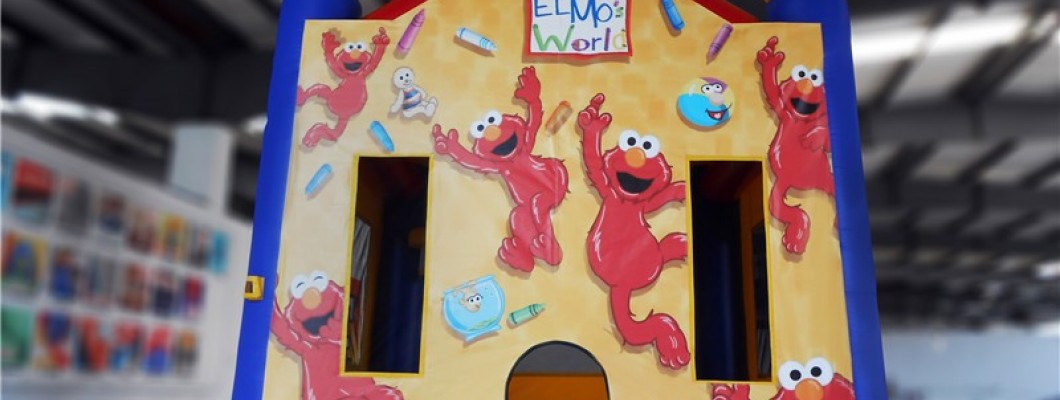
Proper storage of a bounce house is essential to maintain its condition and ensure its longevity. Following the right procedures helps prevent damage and keeps the bounce house ready for its next use. Here’s a guide on how to properly store a bounce house when it’s not in use:
1. Clean the Bounce House
Before storing, thoroughly clean the bounce house. Use a mild soap and water solution to clean the surfaces, and then rinse with clean water. Avoid using harsh chemicals or abrasive cleaners, as these can damage the material. Allow the bounce house to dry completely before folding and storing it to prevent mold and mildew growth.
2. Inspect for Damage
Examine the bounce house for any signs of damage, such as tears, holes, or worn areas. Address any issues promptly by repairing them with appropriate patches or contacting a professional repair service if needed. Ensuring the bounce house is in good condition before storage helps prevent further damage and ensures safety during future use.
3. Deflate the Bounce House
After cleaning and inspecting, deflate the bounce house completely. Follow the manufacturer’s instructions for deflation to ensure that air is removed properly and that the bounce house is folded correctly. Avoid forcing the bounce house into a smaller space, as this can cause damage to the seams and material.
4. Fold and Pack the Bounce House
Fold the bounce house carefully to avoid creases and bends in the material. Follow the manufacturer’s folding instructions if available. Use any provided straps or ties to secure the folded bounce house. Pack it into a storage bag or container that is designed to protect it from dust and moisture.
5. Store in a Dry, Cool Place
Store the bounce house in a dry, cool location that is protected from extreme temperatures and humidity. Avoid storing it in direct sunlight, damp areas, or locations with high temperature fluctuations. A garage, shed, or basement is ideal for storing a bounce house, as long as it is kept dry and free from pests.
6. Keep Away from Sharp Objects
Ensure that the storage area is free from sharp objects or potential hazards that could damage the bounce house. Avoid placing heavy items on top of the stored bounce house to prevent punctures or deformation of the material.
7. Regularly Check the Stored Bounce House
Periodically check the condition of the stored bounce house to ensure it remains in good shape. Look for signs of moisture, pest infestation, or damage. Address any issues immediately to prevent long-term damage and ensure the bounce house is ready for use when needed.
8. Follow Manufacturer’s Guidelines
Refer to the manufacturer’s guidelines for specific storage recommendations. Different bounce houses may have varying requirements based on their materials and construction. Adhering to these guidelines helps ensure that you are following best practices for storage and maintenance.
Conclusion
Proper storage of a bounce house is key to maintaining its condition and ensuring it remains safe and enjoyable for future use. By following these guidelines, you can help protect your investment and extend the lifespan of your bounce house, keeping it in top condition for all your events.
